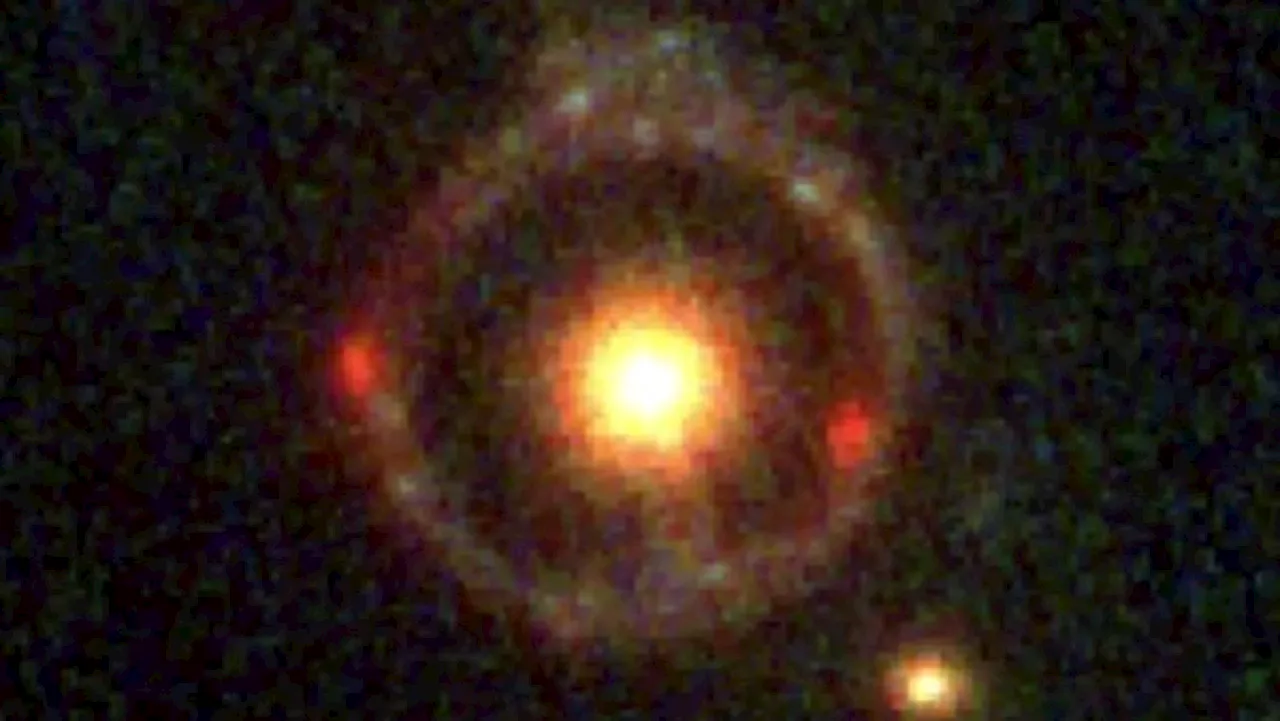Sharmila Kuthunur is a Seattle-based science journalist covering astronomy, astrophysics and space exploration. Follow her on X @skuthunur
Scientists have identified a water-loss mechanism on Venus that could explain how the once water-rich world became completely parched.
Prior studies suggest that both Venus and Earth likely received similar amounts of water early in their history, mostly from water vapor-spewing volcanoes and icy comets that frequently bombarded the worlds. Estimates suggest Venus once had enough moisture to cover its surface in about 1.8 miles of water.
In the new study, the researchers suggested the remnant water was removed via a new mechanism known as HCO+ dissociative recombination . In this process, positively charged hydrogen, carbon and oxygen atoms combine with negatively charged electrons to produce carbon monoxide and hydrogen as a byproduct, after which the hydrogen escapes into space.
RELATED STORIES—NASA unveils cryptic message from Earth to be sent to Jupiter's icy ocean moon Europa—An eerie look at Io, the most volcanic world in the solar system
United Kingdom Latest News, United Kingdom Headlines
Similar News:You can also read news stories similar to this one that we have collected from other news sources.
 Largest 3D map of our universe could 'turn cosmology upside down'Sharmila Kuthunur is a Seattle-based science journalist covering astronomy, astrophysics and space exploration. Follow her on X skuthunur
Largest 3D map of our universe could 'turn cosmology upside down'Sharmila Kuthunur is a Seattle-based science journalist covering astronomy, astrophysics and space exploration. Follow her on X skuthunur
Read more »
 There's a baby star 'sneezing' in the constellation Taurus — and it could solve a longstanding cosmic mysterySharmila Kuthunur is a Seattle-based science journalist covering astronomy, astrophysics and space exploration. Follow her on X skuthunur
There's a baby star 'sneezing' in the constellation Taurus — and it could solve a longstanding cosmic mysterySharmila Kuthunur is a Seattle-based science journalist covering astronomy, astrophysics and space exploration. Follow her on X skuthunur
Read more »
 Gravitational waves reveal 1st-of-its-kind merger between neutron star and mystery objectSharmila Kuthunur is a Seattle-based science journalist covering astronomy, astrophysics and space exploration. Follow her on X skuthunur
Gravitational waves reveal 1st-of-its-kind merger between neutron star and mystery objectSharmila Kuthunur is a Seattle-based science journalist covering astronomy, astrophysics and space exploration. Follow her on X skuthunur
Read more »
 Venus is leaking carbon and oxygen, a fleeting visit by BepiColombo revealsSharmila Kuthunur is a Seattle-based science journalist covering astronomy, astrophysics and space exploration. Follow her on X skuthunur.
Venus is leaking carbon and oxygen, a fleeting visit by BepiColombo revealsSharmila Kuthunur is a Seattle-based science journalist covering astronomy, astrophysics and space exploration. Follow her on X skuthunur.
Read more »
 Exotic 'Einstein ring' suggests that mysterious dark matter interacts with itselfSharmila Kuthunur is a Seattle-based science journalist covering astronomy, astrophysics and space exploration. Follow her on X skuthunur.
Exotic 'Einstein ring' suggests that mysterious dark matter interacts with itselfSharmila Kuthunur is a Seattle-based science journalist covering astronomy, astrophysics and space exploration. Follow her on X skuthunur.
Read more »
 Mysterious dark matter may leave clues in 'strings of pearls' trailing our galaxySharmila Kuthunur is a Seattle-based science journalist covering astronomy, astrophysics and space exploration. Follow her on X skuthunur.
Mysterious dark matter may leave clues in 'strings of pearls' trailing our galaxySharmila Kuthunur is a Seattle-based science journalist covering astronomy, astrophysics and space exploration. Follow her on X skuthunur.
Read more »
